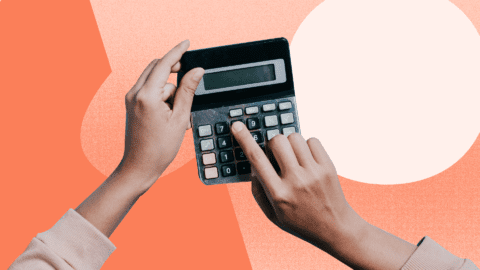Advanced Asset Depreciation Calculator
Calculate and compare depreciation using four standard accounting methods.
Asset Information
Units of Production Details
Depreciation Comparison
Depreciation Schedule: Straight-Line
| Year | Beginning Value | Depreciation Expense | Accumulated | Ending Book Value |
|---|
Depreciation Explained (FAQ)
What is Depreciation?
Depreciation is an accounting method used to allocate the cost of a tangible asset over its useful life. It represents how much of an asset's value has been used up in any given time period. Businesses use depreciation for both tax and accounting purposes.
What is the Straight-Line Method?
This is the simplest and most common method. It expenses the same amount of depreciation for each year of the asset's useful life. The formula is: (Asset Cost - Salvage Value) / Useful Life.
What is the Double Declining Balance Method?
This is an accelerated depreciation method that results in higher depreciation expenses in the earlier years of an asset's life and lower expenses in later years. The depreciation rate is double the straight-line rate. The calculation switches to straight-line when that method yields a higher deduction.
What is the Sum-of-the-Years'-Digits (SYD) Method?
SYD is another accelerated method. To use it, you sum the digits of the asset's useful life (e.g., for a 5-year life, 5+4+3+2+1=15). In the first year, depreciation is 5/15 of the depreciable base, in the second year it's 4/15, and so on. This also front-loads the depreciation expense.
What is the Units of Production Method?
This method bases depreciation on the asset's usage rather than the passage of time. It's ideal for manufacturing equipment or vehicles. First, you calculate a per-unit depreciation rate: (Asset Cost - Salvage Value) / Total Production Capacity. Then, you multiply this rate by the number of units produced in a given year to find the depreciation expense.

